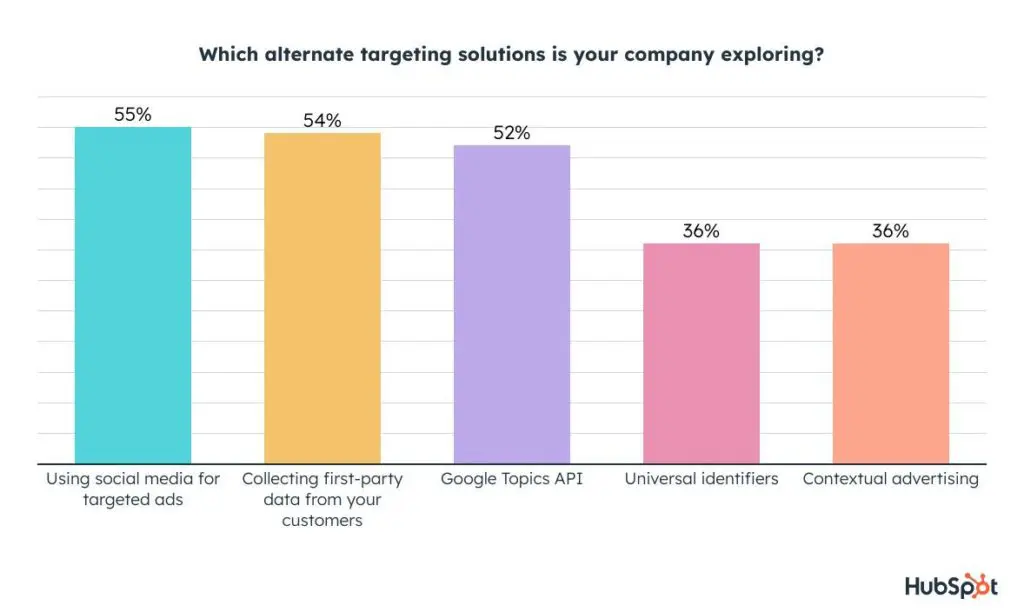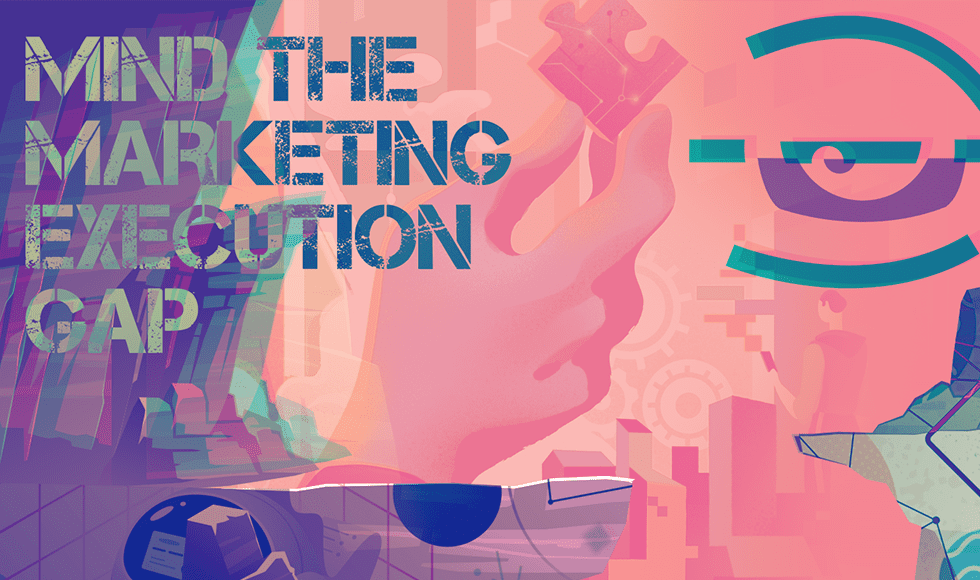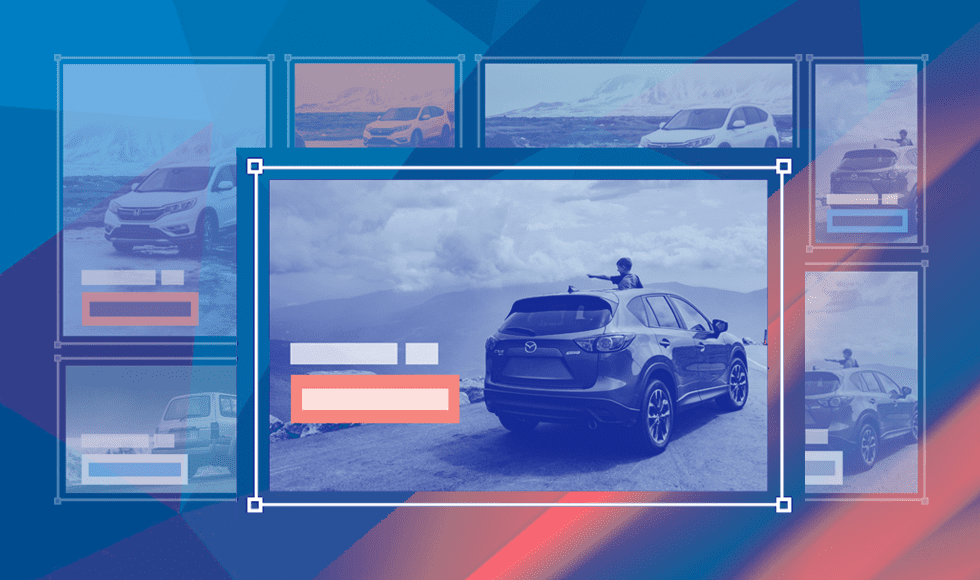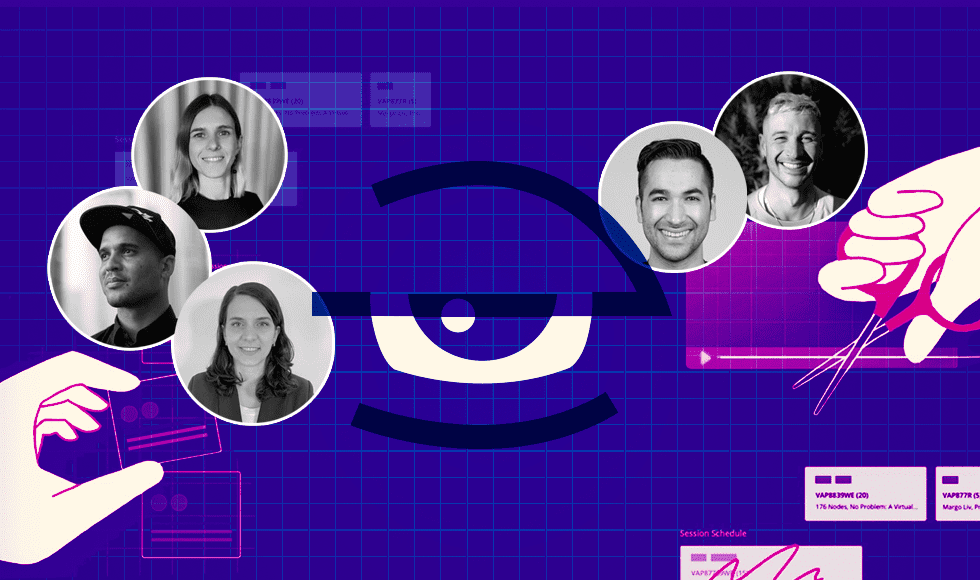For over 20 years, cookies have offered businesses and advertisers a window into the world of consumers and their habits. Cookies, those miniscule pieces of data which track web visitors, are not in use in Firefox anymore and are set to become nonexistent on Google Chrome in 2024. Welcome to cookieless advertising.
It will be a loss of tragic proportions in marketing terms as the ability to map a potential customer’s buying journey on the web provides rich insight for further advertising efforts. When cookies arrived on the scene in 1994, they mirrored the necessary operation of real-life shopkeepers taking mental note of the type of visitors and potential customers they had. Before cookies, shoppers were anonymous online, so it is not to overstate when we acknowledge that cookies revolutionised online shopping.
Cookies, while not a nutritious food choice, are the digital nourishment startups and emerging companies rely on for building their audience profiles and devising their marketing strategies. Consumers too were seeing less irrelevant ads, as a result.
What are cookies and why should you care?
> Cookies are files with small pieces of data which save your browsing information such as your location, username, or what is in your shopping cart.
> Cookies improve online consumer experiences as marketers and advertisers can use this information to more smartly and relevantly target their audiences.
> With cookies being sentenced to death officially by the end of 2023, marketing teams need to devise new ways to identify the interests and behaviors of their audiences, in order to deliver content that resonates.
Why are cookies disappearing?
The reason that cookies are being forced into retirement is largely a privacy matter, according to a Director of Engineering at Google Chrome. Users are demanding more transparency and choice around how their data is mined and exploited. The ePrivacy directive, which has become known as the “cookie law”, also was put in place to monitor the assurance of confidentiality and consent in electronic communications. This introduced the constant pop-ups you see asking you to accept, decline, or modify cookies from this website.
General Data Protection Regulation has also significantly influenced this move to cookie obsoletion. Inquiries have even been opened into whether the mechanism Google employs for building customer profiles in digital advertising is compliant with European privacy rules.
But, a grey area will remain, just too grey of an area for marketers to bank on. Audiences are, as mentioned, requesting choice. Therefore, users can decide to “opt in” if they wish. However, audience sizes will reduce to an extent that the data is no longer scalable for any worthy media buying activity, likely amounting to low conversion rates.
Cookieless advertising: what are you losing out on?
In a cookieless world, targeted audience insights will be much less attainable. No longer will advertisers be able to easily tap into the proven interests and behaviors of those shoppers they want to know about. In a 2021 survey overseen by Boston Consulting Group, partnered with LinkedIn, concluded that 39% of marketers affirmed that data losses have already begun affecting their marketing performance and 56% expected this impact to grow.
Dynamic display ads are a current example of how these live and historical user signals can be utilised, signals such as product affinities, geo-location, or Customer Relationship Management (CRM) data, to reach the right person. Dynamic display ads, a format in the Google Display network which changes elements of an ad based on who is viewing it, may be affected significantly as a result of the certain death of cookies. They are naturally cost-effective as they draw the attention of the people most likely to purchase your product, services, or solutions. However, in a cookieless world, Google’s options for rotating ads based on individual data is more limited.
This loss will be felt acutely by marketers who do not identify alternative strategies for ad targeting. But there is no reason to market completely blind.
What are your alternatives for targeting audiences?
1. First-party data
2. Gated content and progressive profiling
3. Federated Learning of Cohorts
4. Increase testing by scaling production with Creative Automation
What alternatives have you got?
In 2022 Hubspot completed a survey which found 54% of marketers were exploring new targeting solutions. More than half of these are looking into using social media for targeted ads as a replacement for third-party cookies. Collecting first-party data from their customers is another top strategy, as is Google Topics API. You can see the results of this illustrated below:

Even though audiences have asked for more personal privacy, they will still expect personalised ads. In order to supply this, you have a few options. Here are some of these options, in more detail:
First-party data
Seek new ways to gather and use first-party data, once third-party data becomes a finite resource. This is data collected from a direct source such as purchase history, email marketing, surveys/reviews/other feedback programs, guest WiFi, user registration, and other means. It cannot be shared outside that domain.
Gated content and progressive profiling
The next step beyond user registration is a more detailed data collection about the user, whether that means requesting demographic, firmographic, or other user information. This is progressive profiling, which can be carried out by gating content or even entire websites. Users need to give explicit consent to share this data voluntarily.
Federated Learning of Cohorts
Federated Learning of Cohorts (FLoC) is an algorithm on web browsers which places web users into “interest cohorts”, so they will be managed as groups rather than individuals. The browser reconfigures the cohort without sharing the information with the browser vendor.
A cohort is a group of people sharing the same identifier. Identifiers could be a specific region, an event attended, or an app downloaded.
But the real winner is… increased testing
As heavy questioning can be looked upon by a user as prying, or as an exhausting effort, and FLoC only provides a generalised sense of users, you can do better than the solutions above.
Know what digital ad your audience segments want to see by showing them many and then tracking performance for even more continued success. Let us elaborate…
How can large-scale testing solve the issue of cookieless advertising?
The key to cookieless advertising is leveraging content and ensuring a high volume is available to take advantage of. Technologies such as Creative Automation give advertisers security in a post-cookie world because by creating hundreds or thousands of ad variations from one template, the possibilities for ad testing are endless. This facilitates a move from anonymous targeting to more specific targeting, specified based on the results of these tests.
Additionally, Creative Automation presents a viable alternative to Google’s dynamic display ads, as they soon will not function using cookies. By making various elements within the advertising template dynamic or swappable, it’s easier for digital creative leads to make changes in the copy, Call to Action, background color, scene order, tone of voice, etc.
Menial versioning tasks should be left to the robots, while pushing the right ads is an intricate process that should be backed up by expert (human) reasoning. But as the advertising industry navigates cookieless cupboards, the role of contextual targeting or advertising will continue to gain prominence. This means that modern cookieless targeting will utilise machine learning and artificial intelligence (AI) to serve relevant ads based on the content of a page someone is visiting at that very moment (or even the location or weather at the time).
Key takeaways
- When cookies go, advertisers will no longer be able to easily tap into the proven interests and behaviours of those shoppers they want to know about.
- Users can still decide to “opt in” and allow cookies if they wish. However, audience sizes will reduce to an extent that the data is no longer scalable for any worthy media buying activity, likely amounting to low conversion rates.
- The key to cookieless advertising is scaling content, making the possibilities for testing ad performance endless.
- This facilitates a move from anonymous targeting to more specific targeting, specified based on the results of these tests.
Wrapping up
Ad personalisation at scale, without the personal data, can sound daunting but it can still be easy with Creative Automation. It entails putting the creative asset at the forefront, and applying template-thinking to transform this creative asset into multiple versions, the performances of which can be tracked and analysed.
Testing an abundance of ad creatives to identify what audiences are seeking has been under-utilised until now. With the disappearance of cookies and the advancement of creative production technologies, scaling content is more important than ever before.
Frequently asked questions
How will cookieless advertising affect the overall cost of digital advertising campaigns?
The shift towards cookieless advertising is likely to influence the overall cost of digital advertising campaigns in several ways. Initially, advertisers may face increased expenses as they invest in new technologies and strategies to collect and analyze first-party data, and as they experiment with alternative targeting methods like contextual advertising and Creative Automation. However, these upfront costs could lead to more efficient spending in the long run. By refining targeting methods and reducing reliance on third-party data, advertisers might achieve higher ROI through improved campaign relevance and effectiveness. The key will be balancing the initial investment in new technologies against the potential for more precise and cost-effective advertising strategies over time.
How will consumer behavior and engagement change in response to cookieless advertising?
As cookieless advertising becomes the norm, consumer behavior and engagement with digital ads are expected to evolve. Without cookies tracking every move online, ads may initially seem less personalized, potentially impacting click-through rates and engagement. However, this shift also presents an opportunity for advertisers to innovate in how they connect with audiences. By leveraging first-party data and contextual targeting, ads can still be relevant and engaging, possibly even more so, as they rely on genuine interest and content relevance rather than invasive tracking. Consumers might appreciate this change, leading to a more positive perception of digital ads and potentially higher engagement as trust in ad personalization methods grows.
How can businesses integrate their existing marketing technologies with new cookieless advertising solutions?
Integrating existing marketing technologies with new cookieless advertising solutions requires a strategic and methodical approach. The first step involves conducting a thorough audit of the current marketing technology stack to identify potential integration points and gaps. Next, businesses should seek out flexible and scalable cookieless advertising platforms that can easily connect with their existing tools, ensuring a seamless flow of data and insights. Collaboration between IT and marketing teams is crucial to manage this transition smoothly, as is choosing technology partners with robust support systems. Finally, continuous testing and learning will be essential to refine the integration process, optimize performance, and ensure that the business remains at the forefront of digital advertising innovation.


